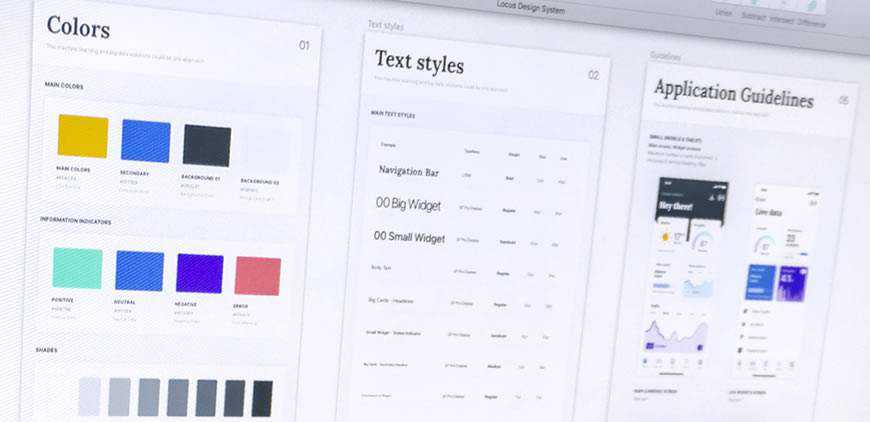Do All of the Projects in Your Portfolio Look the Same? That’s OK.
All creative professionals can benefit from having an online portfolio. They’re great for attracting new clients and can even provide a trip down memory lane – letting you reminisce about what you’ve learned over time.
Still, it’s possible to obsess over a portfolio a little too much. For example, adding certain features to a project just so you can list it could be a sign of mixed priorities. Are you designing to serve your current client or to impress the next one?
Maybe that’s not as big of a sin as we might think. There is also a legitimacy in wanting to show off your full range of skills. Many of us might cringe at the thought of being pegged as a proverbial one-trick-pony, only capable of recycling the same tired design.
But if all of the projects in our portfolio look similar, does that really mean we’re incapable of more? Of course not. There’s more to this than meets the eye. Let’s dig a little deeper.
Good Design Doesn’t Need to Be Groundbreaking
The point of a project – whether it be a website, mobile app or print piece – is for people to consume it. In the vast majority of cases, this does not require a designer to do something no one has ever done before.
Really, it boils down to: looking good, being easy to use and understand. If something we create does those three things, maybe it’s safe to call it “good design”.
Yet, we don’t always see things that way. We may see something that looks cutting-edge and feel like we’re just not in the same league as another designer. That’s why looking through collections like Awwwards can be both inspiring and a bit depressing.
Thus, even if you can’t call any of your work “groundbreaking”, that doesn’t speak to its overall quality.

How Project Variety Affects Your Portfolio
It stands to reason that the specific client and project type means a lot when it comes to design. They’ll go a long way towards determining the appropriate look and features.
After all, the point is in making your client look their best. That often means staying within the expected parameters of what a website in a particular industry must achieve.
If you’re building a site for a law firm, for example, it’s got to look clean and professional. There won’t be a lot of room for far-out special effects or typography. On the contrary, a site for a photographer or visual artist naturally lend themselves to experimentation.
Sometimes, the biggest impediment to showing off your creativity is having the opportunity to do so. The bigger the variety of project types you take on, the more varied your portfolio will be.
That being said, a designer who stays within a certain niche and budget range will likely have a lot of projects with a similar look. It’s not any sort of judgement on one’s abilities. Rather, it’s just the result of designing for the realities of a given project.

Making a Difference Where Possible
Perhaps your typical clientele doesn’t provide you with a lot of opportunity to take chances with design. So be it. This doesn’t mean that you have to keep things completely unimaginative.
There are still plenty of ways to add your own signature style to the mix. Areas such as layouts and microinteractions can have a big impact, even if they aren’t groundbreaking.
The goal should be to make the most of what a project affords us. Even if we don’t necessarily have the mandate and time to create something Awwwards-worthy, there is still room for creativity. And that will shine through in your portfolio.
When a potential client takes the time to click through your work, they’ll see the difference. The attention to detail will be apparent (if not, point it out!) – and it may be what sets you apart from the competition.
Beyond that, it is often said that your portfolio needs to reflect the types of projects you want to attract. If you really want to change your narrative, then going all out on side projects or even the design of your portfolio itself can help you show more depth.

Rethinking the Purpose of a Portfolio
When you think about it, a portfolio can mean different things to different people. It all depends on what you do and who your target audience is.
In that way, a freelance web designer’s portfolio may well serve a different purpose than that of a 3D animator. For the freelancer, it could be about showing consistent quality over a number of projects. If they all happen to sport a similar look and feel, that’s not such a bad thing. Having that “wow” factor may indeed be more important for the animator in our scenario.
So, if you look at your past projects and see a certain sameness to them, try not to take it as a negative. Instead, consider how each of those projects turned out – were they successful? If so, that might be good enough reason to shift your perception.
The post Do All of the Projects in Your Portfolio Look the Same? That’s OK. appeared first on Speckyboy Design Magazine.





